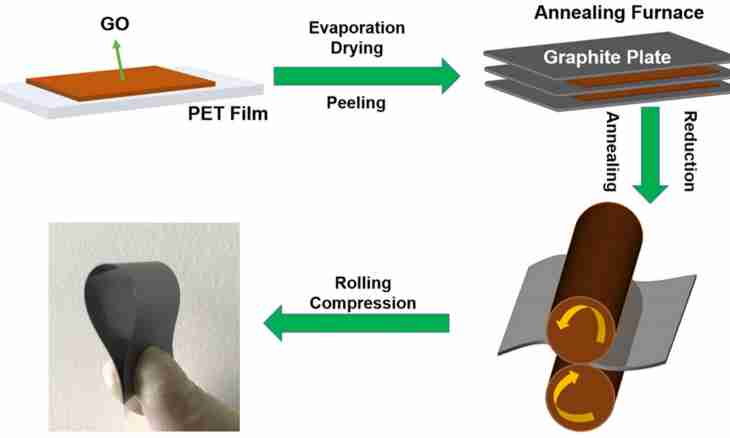Heat conductivity represents ability of material to carry out heat. The conductivity is carried out by means of transfer of thermal kinetic energy between elementary particles both in the material, and at contact with others. Calculation of heat conductivity is widely applied in construction to development of the special materials protecting the dwelling from cold.
Instruction
1. Definition of heat conductivity of materials is carried out through heat conductivity coefficient which represents a measure of ability to pass a heat flux. The value of this indicator is lower, the insulating properties of material are higher. At the same time heat conductivity does not depend on density.
2. In number the size of heat conductivity is equal to amount of thermal energy which passes through the site of material 1 m thick and of 1 sq.m in 1 second. At the same time the difference of temperatures on opposite surfaces is accepted to equal 1 Calvin. Amount of heat is an energy which gains or is lost by material by transfer of heat.
3. The formula of heat conductivity looks as follows: Q = λ * (dT/dx) *S*dτ, where: Q – heat conductivity; λ – heat conductivity coefficient; (dT/dx) is temperature gradient; S – cross-sectional area.
4. When calculating heat conductivity of a building construction it is divided into components and summarize their heat conductivity. It allows to define a measure of ability of a structure of the house (walls, roofs, windows and so forth) to pass a heat flux. Actually heat conductivity of a building construction is the combined heat conductivity of its materials, including air intervals and a film of external air.
5. On the basis of value of heat conductivity of a design the volume of heatlosses is defined by it. This size turns out at multiplication of heat conductivity by a settlement period of time, total area of a surface and also by the difference of temperatures of external and internal surfaces of a design. For example, for a wall of 10 sq.m with heat conductivity 0.67 at the difference of temperatures 13 °, heatlosses in 5 hours will be 0.67*5*10*13 = 435.5 Dzh*m.
6. Coefficients of heat conductivity of various materials contain in the table of heat conductivity, for example, for a vacuum it is equal 0, and for silver, one of the heatcarried most out materials, 430 W / (m*k).
7. At construction along with heat conductivity of materials it is necessary to consider the convection phenomenon which is observed in materials in liquid and gaseous state. It is especially relevant at development of the system of water heating and aeration. For reduction of heatlosses in these cases establish cross partitions from felt, wool and other insulating materials.

